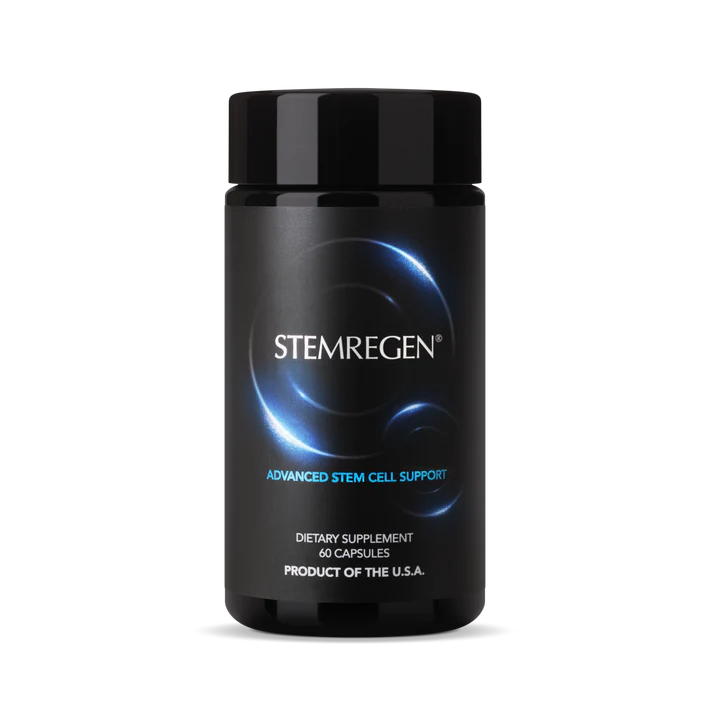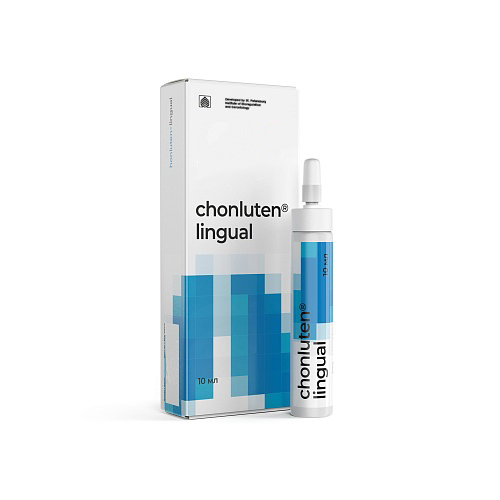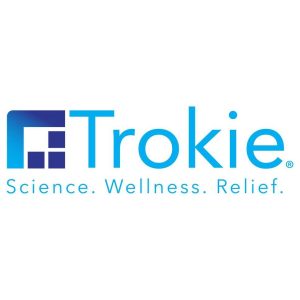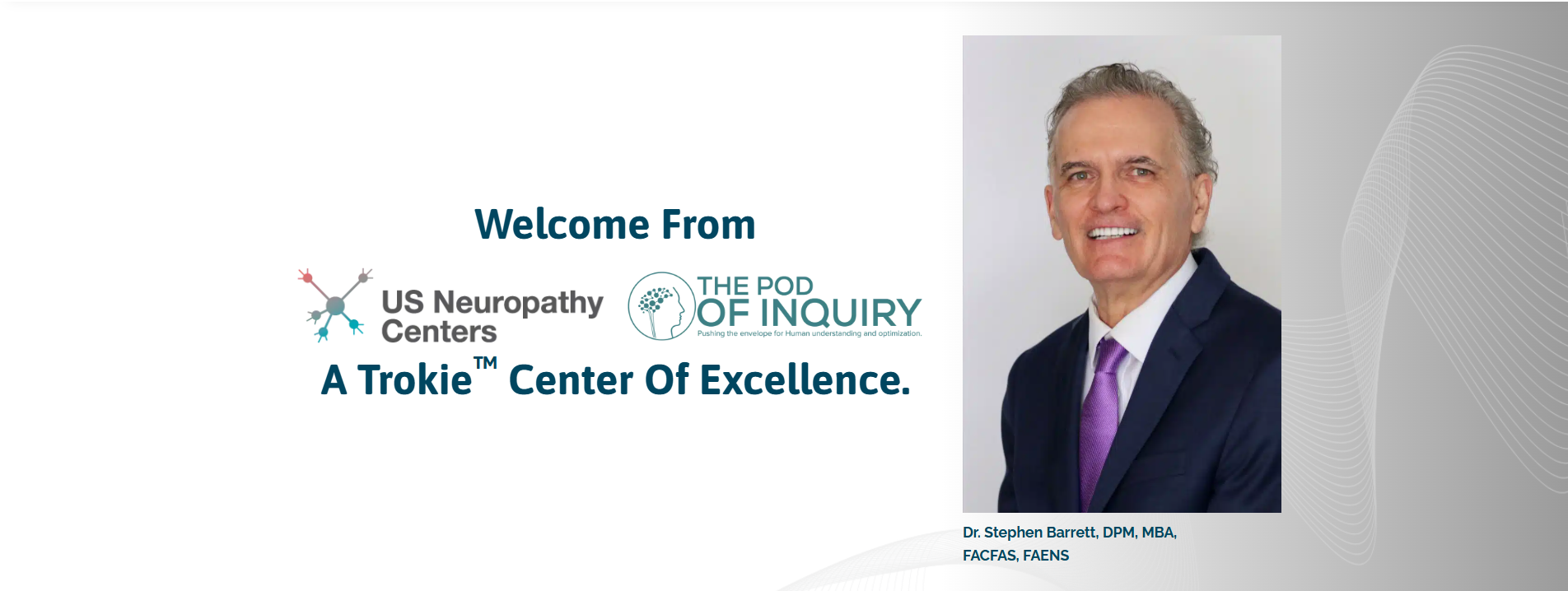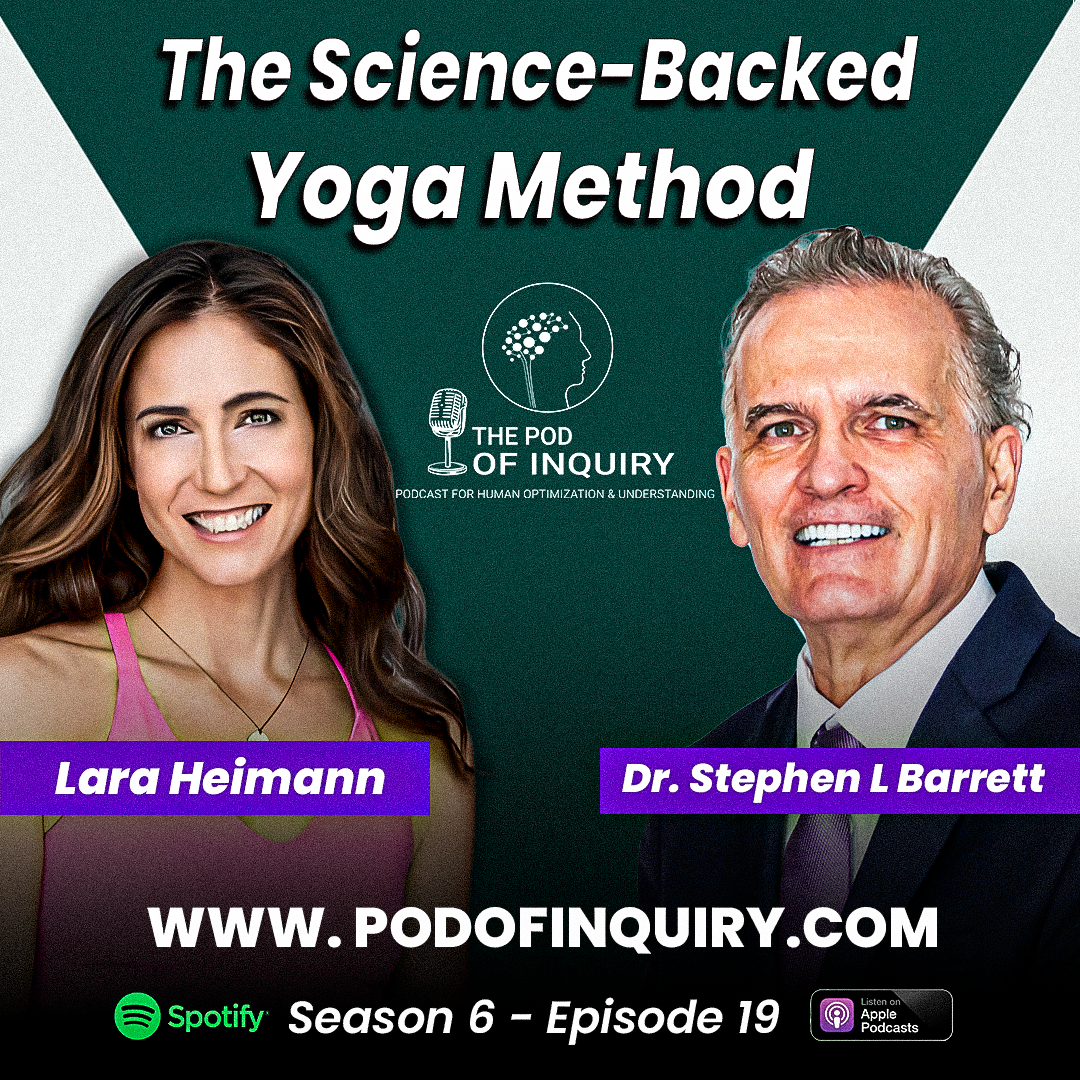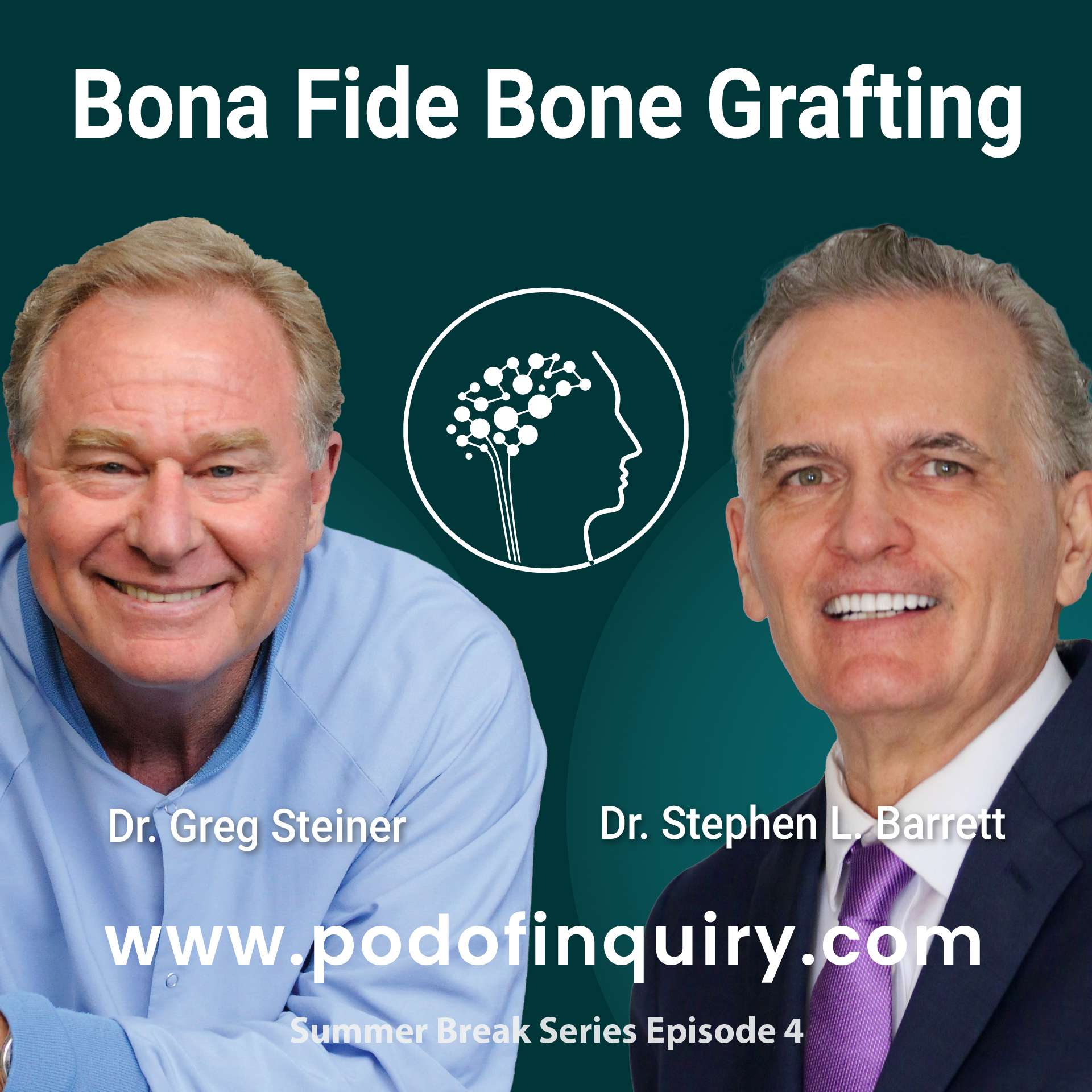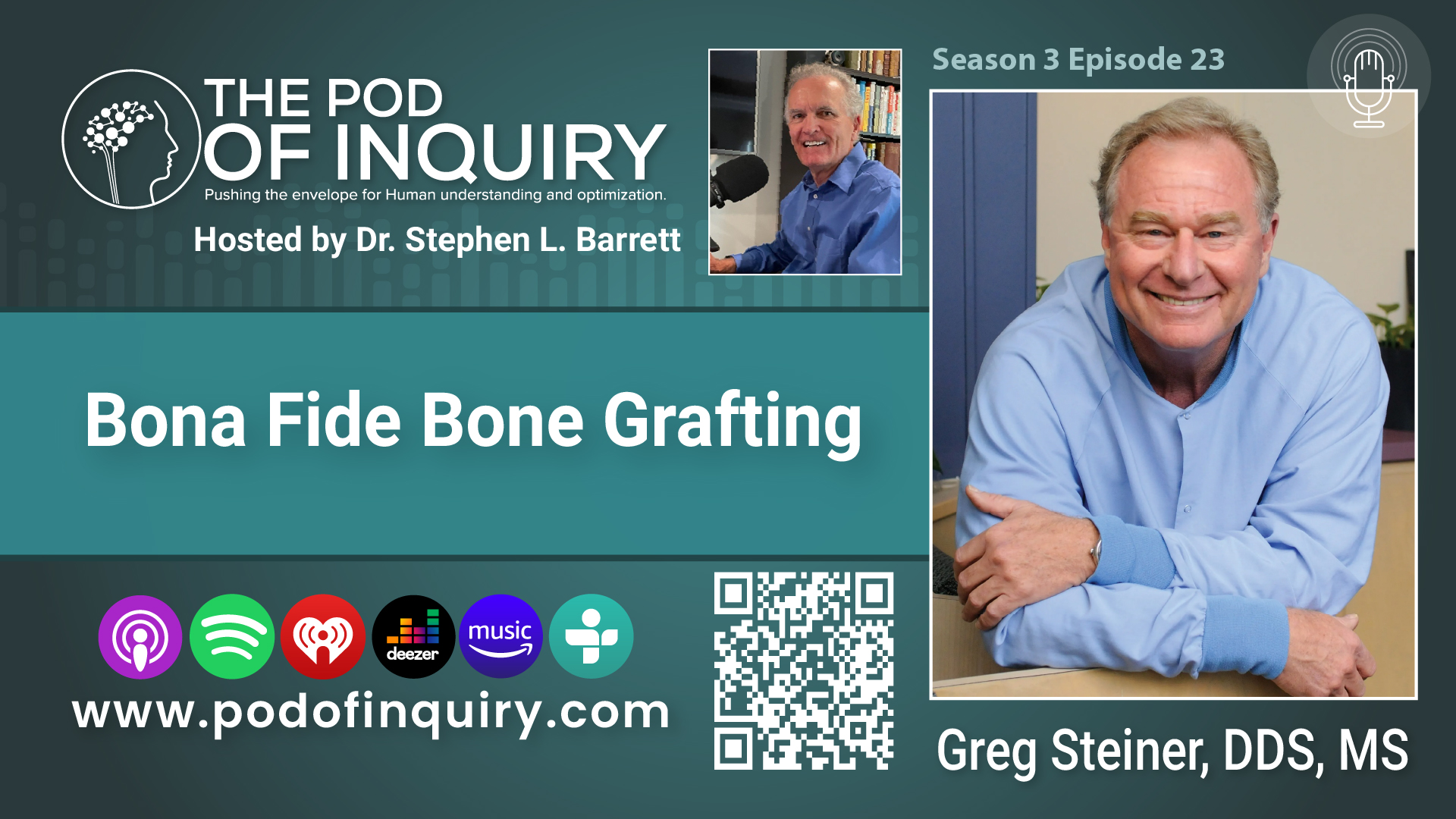In this week’s episode, I sit down with retired spine surgeon Dr. Jim Marino who exposes the untold truth about back-surgery, back pain and common treatment myths. Learn why MRIs can be misleading, why true muscle strains almost never show up on scans, and how a simple 2-minute exercise can outperform costly therapies. Plus, discover the surprising reason back surgery success rates jumped from 60% to 90%—and what most doctors aren’t telling you.
In This Episode, You’ll Discover:
- The MRI Lie: 30% show issues on scans with no symptoms
- Muscle Strain Myth: No true muscle strains seen on MRI
- 2-Minute Fix: Simple exercises > expensive treatments
- Surgery Revolution: How success rates rose from 60% to 90%
This episode is a must-listen for anyone with back pain, considering surgery, or curious about the spine surgery revolution.
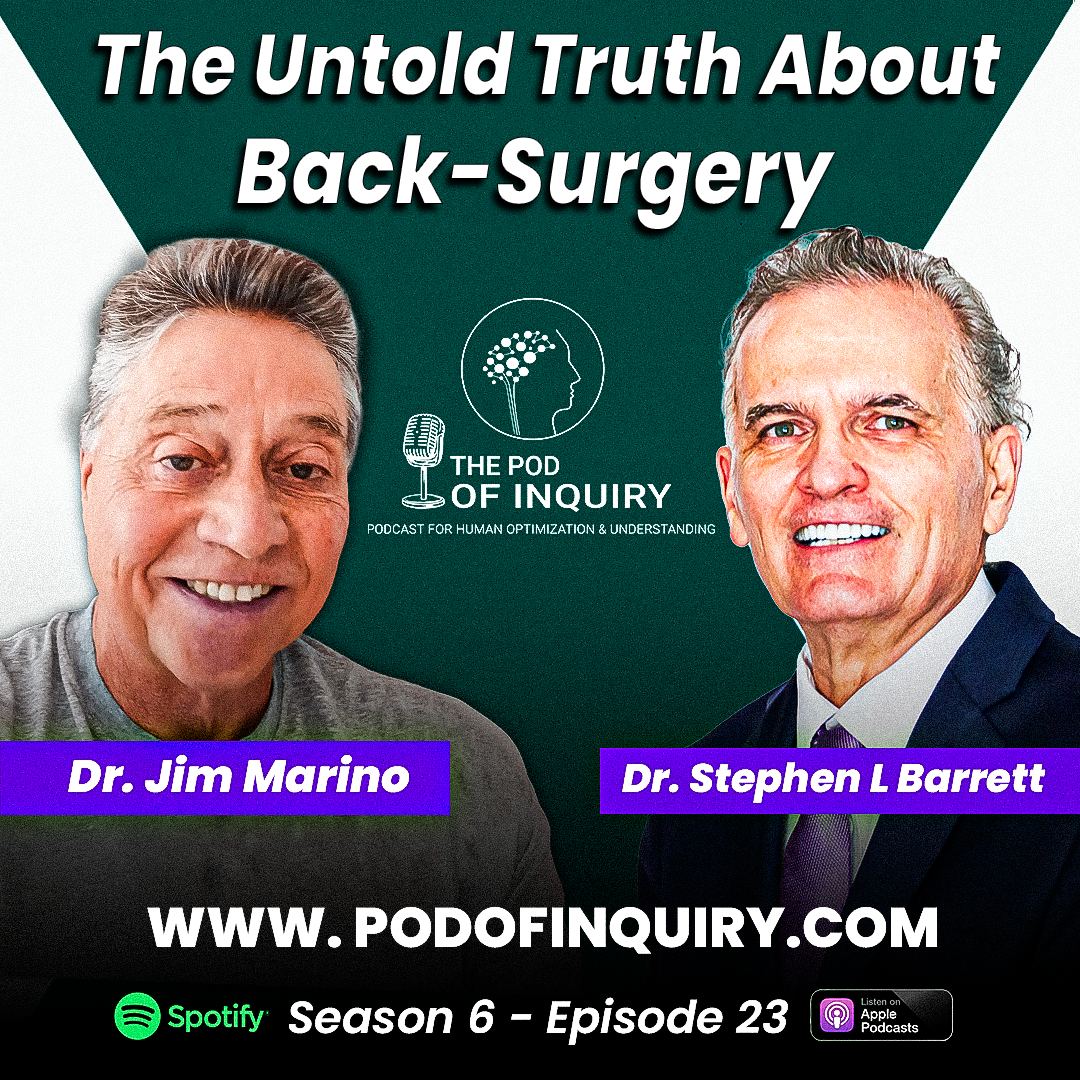
Watch The Podcast
Listen to The Podcast
Also available on
Guest Biography
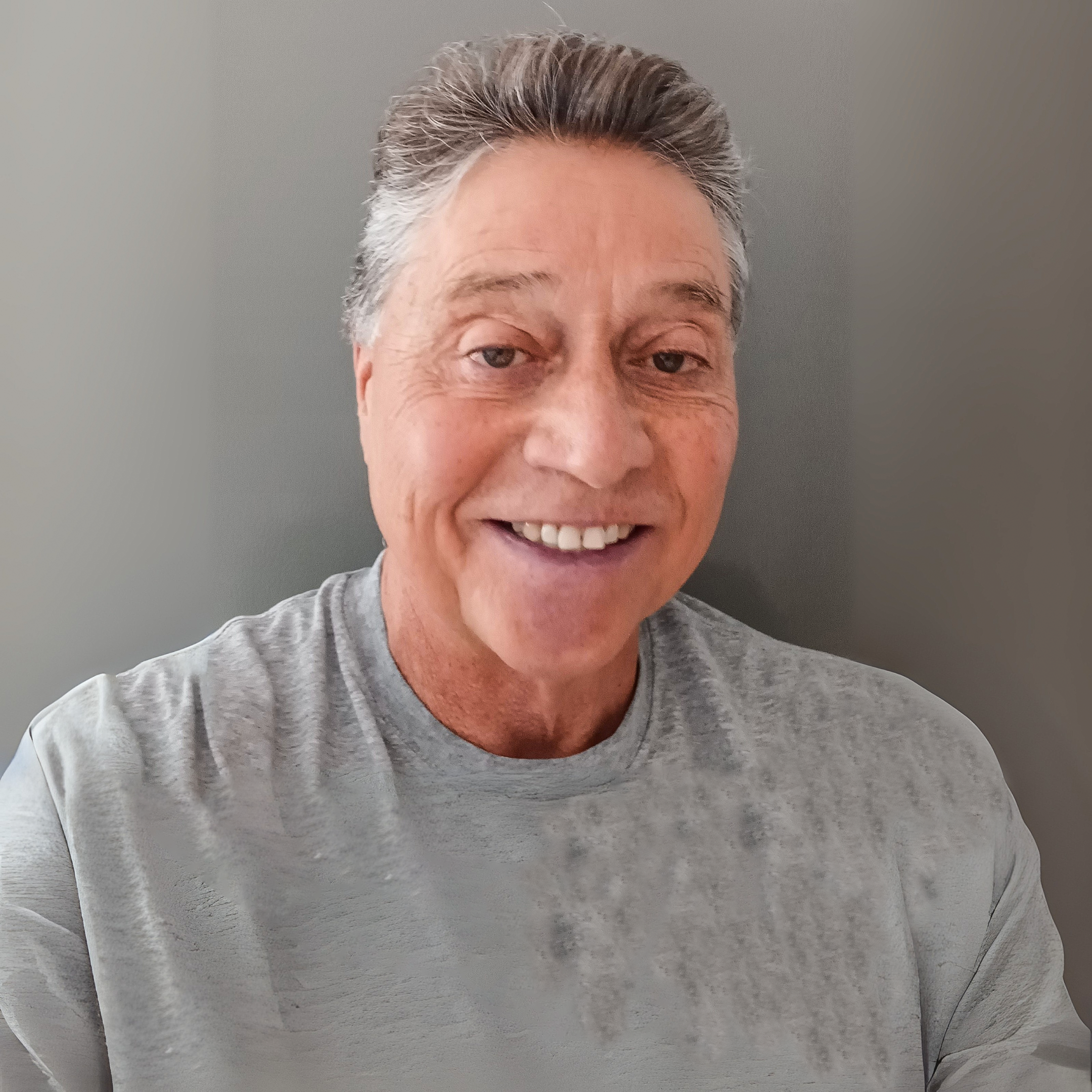
Jim Marino, MD
Dr. Jim Marino is a retired orthopedic surgeon with over 30 years of experience, renowned for his work in degenerative lumbar spine surgery and medical device innovation. He began his career as a general orthopedist and was an early adopter of arthroscopic techniques, later focusing on spine disorders due to community needs.
Throughout his career, Dr. Marino contributed to the advancement of minimally invasive spine surgery, notably through the development of electrified catheter systems for nerve detection. He trained under pioneers like Dr. Parviz Camden and became a leader in refining less invasive surgical methods.
Dr. Marino also invented the Corex Bone Harvester, a device enabling fast, minimally invasive autologous bone graft collection while preserving cellular integrity—underscoring his dedication to reducing surgical trauma.
His personal battle with polio and subsequent surgery at age 12 shaped his patient-centered philosophy. He emphasized accurate diagnosis, conservative treatment (like McKenzie exercises), and judicious use of imaging before surgical intervention.
Now retired, Dr. Marino continues to innovate in medical devices and educate the next generation, leaving a legacy that bridges traditional and modern spine care.
Show Notes from this episode
Introduction & Background (00:00 – 02:36)
- 00:00 – Welcome and episode overview covering spine surgery evolution and bone grafting techniques
- 00:50 – Show introduction and theme
- 01:21 – Introduction of Dr. Jim Marino
- 01:46 – Dr. Marino’s background: 3+ decades in spine surgery, started as general orthopedist, specialized in degenerative lumbar spine surgery
Career Evolution & Minimally Invasive Surgery (02:36 – 08:10)
- 02:36 – Discussion of transition from general orthopedics to spine surgery
- 02:41 – Dr. Marino’s training in early 1980s during arthroscopic surgery infancy, finished residency in 1984
- 04:46 – Natural progression toward spine specialization due to patient demand
- 04:55 – Innovation focus on minimally invasive approaches and nerve stimulation techniques
- 06:39 – Development of electrified instruments for nerve proximity detection
- 06:59 – Acknowledgment of other pioneers like Dr. Parviz Kambin at Graduate Hospital, Philadelphia
Historical Context & Technology Evolution (08:10 – 13:47)
- 08:10 – Learning from Dr. Kambin’s arthroscopic lumbar discectomy techniques
- 09:13 – Current state: endoscopic spine surgery more prevalent in Europe and Turkey than US
- 10:30 – Anecdote about Dr. Charles Rockwood and early arthroscopic skepticism
- 12:00 – Prediction that endoscopic techniques will replace open procedures for many cases
- 13:47 – Benefits for elderly patients with spinal stenosis
Surgical Outcomes & Failed Back Surgery (13:47 – 20:18)
- 13:47 – Discussion of plantar fasciotomy parallel development
- 15:28 – Addressing the “60% failed back surgery” myth
- 16:00 – Critical importance of accurate diagnosis and identifying true pain generators
Diagnostic Challenges & Pain Generator Identification (20:18 – 29:14)
- 20:18 – Continuation of diagnostic discussion
- 21:00 – Importance of conservative care quality and duration
- 22:00 – Evolution of segmental fixation and pedicle screws from Europe (late 80s/early 90s)
- 23:00 – Interbody fusion superiority over posterolateral fusion
- 24:05 – Current fusion rates: 80-90% vs. historical 60%
- 24:34 – Adjacent segment degeneration (“add-on disease”)
- 26:00 – Dr. Marino’s personal experience with triple arthrodesis at age 12 due to polio
- 26:16 – TANGENT: Early Salk vaccine issues and polio contraction in 1956
MRI Limitations & Diagnostic Tools (29:14 – 35:45)
- 29:14 – MRI limitations: shows morphology changes, not necessarily pain source
- 29:41 – “Family photo” analogy: appearance doesn’t indicate symptoms
- 30:30 – 30% of asymptomatic adults show significant pathology on MRI
- 32:00 – Provocative discography: former diagnostic tool and why it was discontinued
- 34:00 – Stanford study showing discography may cause degenerative changes
- 35:09 – Current use of flexion-extension views for instability assessment
Clinical Approach & Conservative Treatment (35:45 – 45:32)
- 35:45 – Importance of detailed history over imaging
- 36:53 – Systematic approach to back pain evaluation
- 37:30 – Muscle strain myth debunking – annular tears as primary cause
- 39:00 – McKenzie lumbar extension exercises introduction
- 40:30 – Robin McKenzie’s discovery story in New Zealand
- 42:00 – Extension exercises as most efficacious physical therapy
- 43:30 – Conservative treatment protocol before MRI ordering
- 44:30 – Philosophy on when to order MRI studies
Bone Grafting Innovation – Corex Harvester (45:32 – 52:01)
- 45:32 – Introduction to Corex bone harvester discussion
- 45:59 – Autograft vs. allograft comparison
- 46:07 – 100+ years of literature supporting autologous cancellous bone
- 47:00 – Essential elements: osteoinduction, osteoconduction
- 48:00 – Critique of cell-based matrices (CBMs) and mesenchymal stem cells
- 49:00 – Commercial bias against autologous bone harvesting
- 49:30 – Corex harvester capabilities: calcaneus, tibia, iliac crest harvesting
- 50:30 – Antiquated complication studies don’t apply to minimally invasive techniques
Closing Thoughts & Philosophical Discussion (52:01 – 54:44)
- 51:05 – Commercial influences in medicine and “convenience over effectiveness”
- 51:57 – “Hard to beat Mother Nature” philosophy
- 52:01 – Closing remarks and appreciation
Sponsors Of The Episode
Approved Medical Solutions
Your source for Oxalate free Nitric Oxide Supplementation
Non-licensed patients can use code “sbarrett” for a 10% discount.
Licensed practitioners can access the discounts by registering and when at checkout put “podofinquiry” (no space and not case sensitive) in the coupon section.
Ketone
Nitric Oxide
How to Win Our Season 6 Giveaways?🎉🎁
1. Follow us on all social platforms (Facebook, Instagram, and LinkedIn)
2. Subscribe to our YouTube channel
3. Comment “Let’s Spelunk” on any Season 6 YouTube video to enter
YouTube: https://www.youtube.com/@podofinquiry
Facebook: https://www.facebook.com/podofinquiry/
Instagram: https://www.instagram.com/podofinquiry/
LinkedIn: https://www.linkedin.com/in/stephen-barrett-92776a51/


